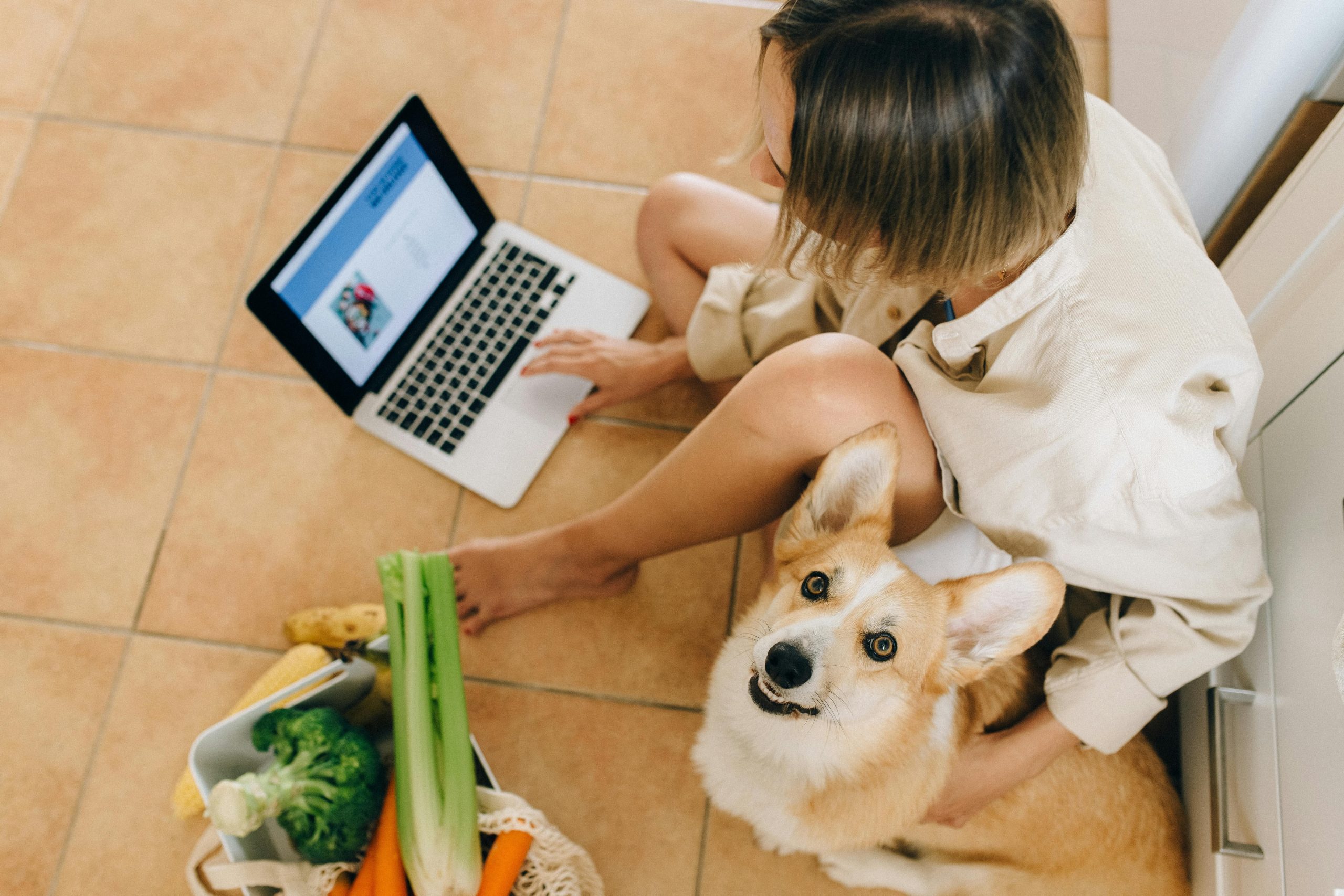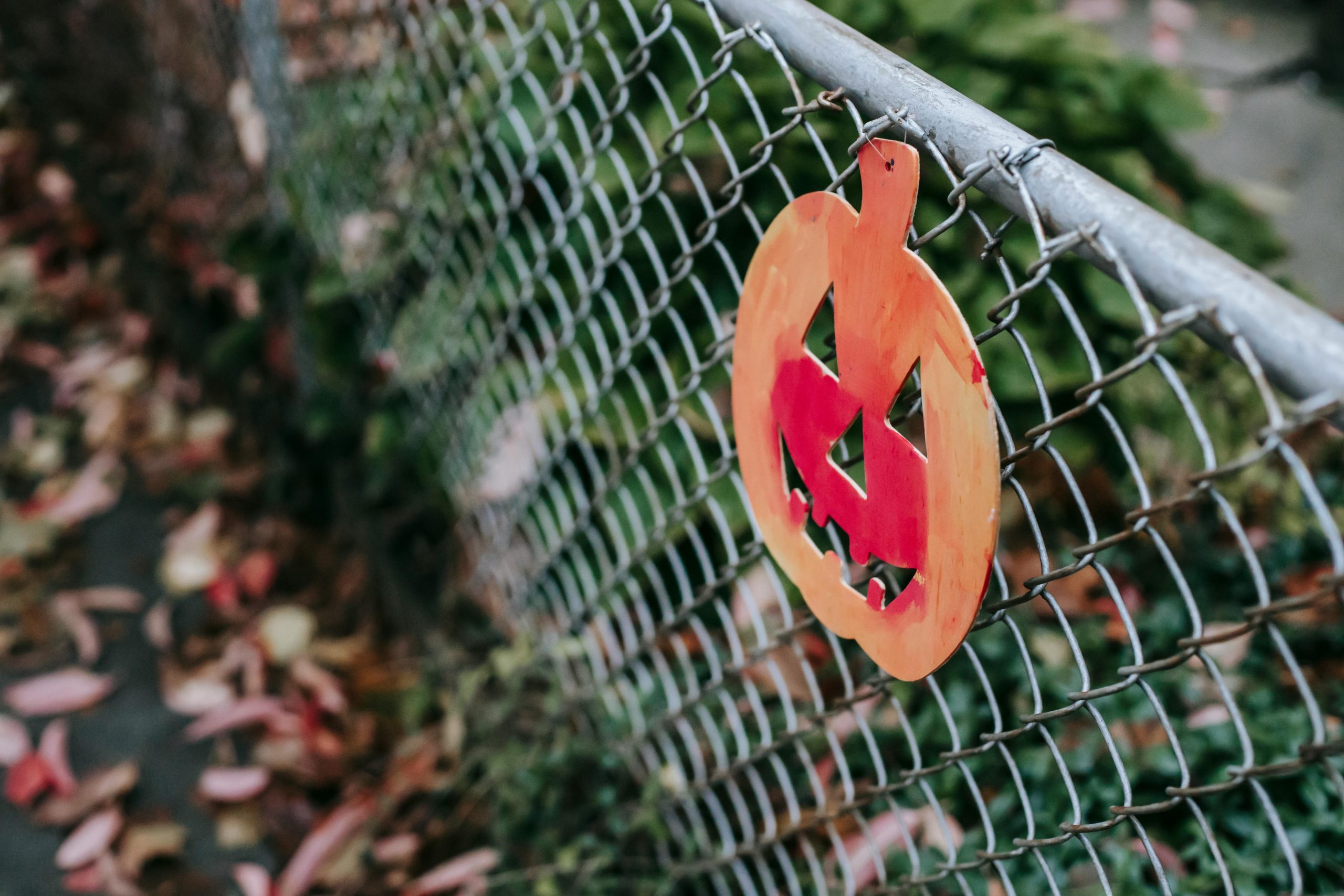Ever tried teaching your dog to fetch a tissue but ended up with more chaos than cuddles? Yeah, us too. Let’s fix that.
Pet training isn’t just about obedience; it’s about connection, trust, and fun—especially when mastering tricks using object targeting. In this guide, you’ll dive into the art of Object Targeting for Tricks, learn why it works like magic, discover actionable steps, and uncover pro tips (alongside one hilariously bad idea). Ready? Let’s make pet genius the norm!
Table of Contents
Key Takeaways
- Object targeting simplifies trick training by focusing on specific items or actions.
- Consistency is king—short, frequent sessions yield better results.
- Avoid overloading commands early in training to prevent confusion.
- Positive reinforcement builds confidence and accelerates learning.
Why Object Targeting Works Wonders
Imagine trying to teach your parrot to ring a bell without first showing them what “ring” means—or worse, expecting them to understand bells before they even see one. Sounds frustrating, right?

Enter object targeting: the practice of associating an action with a specific item or marker. Whether it’s nudging a ball, pawing at a box, or fetching keys, this method taps into pets’ natural curiosity while keeping things crystal clear. It’s especially effective because:
- Clarity: Pets know exactly what behavior earns rewards.
- Focus: Zero distractions mean faster progress.
- Confidence: Repetition creates certainty, empowering animals to tackle advanced tasks.
Don’t believe me? I once spent hours “training” my cat to jump through a hoop using vague hand signals. Spoiler alert: She didn’t care. Then I swapped to object targeting—with the hoop as the focus—and Bam! Tiny feline circus act unlocked.
Step-by-Step Guide to Mastery
Step 1: Choose Your Target Object Wisely
Don’t grab any old thing lying around. Select an item that’s:
- Safe (no sharp edges).
- Distinctive enough to stand out visually/audibly.
- Easy for your pet to interact with physically.
For example, if training a dog, use a brightly colored stick. If working with birds, opt for lightweight rings or shiny buttons.
Step 2: Introduce the Item Gradually
Optimist You: *“They’ll get it instantly!”*
Grumpy You: *“Nope. Patience required.”*
Show the object repeatedly until your pet shows interest. Reward curiosity—licks, sniffs, paws—all count as wins here.
Step 3: Associate Actions with Rewards
Start simple: Touch the target equals treat. Progressively layer complexity. For instance:
- Dog touches nose to cone = snack.
- Dog pushes cone forward slightly = bigger snack.
Repeat until mastery occurs. And hey, don’t forget breaks! No one likes training marathons—not even Border Collies.
Pro Tips for Stellar Results
Tip #1: Use Verbal Cues Later
Many trainers rush verbal commands too soon. Bad move. Wait until your pet consistently performs the trick on sight alone.
Tip #2: Keep Sessions Short and Sweet
Fifteen minutes max per day prevents burnout. Think quality over quantity.
Warning: Never Punish Mistakes!
Yes, some guides recommend scolding incorrect responses. Terrible advice. Punishment ruins trust, making future training harder.
Rant Alert:
Why do pet influencers keep posting videos of their dogs balancing absurd objects on their heads? Sure, it’s cute—but also unsafe and completely impractical. Stick to real-world skills, please!
Real-Life Success Stories

Meet Luna, a Golden Retriever who mastered picking up her owner’s wallet using object targeting. Her handler started by rewarding her for touching the wallet, then encouraged retrieval via leash guidance. Fast forward six weeks, and Luna could retrieve said wallet from across the room—a lifesaver for someone with mobility issues.
Another success story involves Max, a budgie who learned to turn off light switches after months of dedicated targeting work. Key lesson? Consistency pays off—even for feathered friends.
Frequently Asked Questions
Q: How long does object targeting take?
A: It varies based on your pet’s age, breed, and experience level. Most animals grasp basics within days.
Q: Can all pets benefit?
A: Absolutely! From fish tapping targets to horses navigating obstacles, nearly every species responds well to targeted training.
Q: What tools should I have?
A: Treats, clickers (optional), and patience—the ultimate trio.
Conclusion
If there’s one thing we’ve learned today, it’s that Object Targeting for Tricks transforms ordinary pets into extraordinary performers. By choosing clear goals, breaking down steps, and fostering patience, YOU can unlock incredible potential in your furry (or feathery!) friend.
Remember:
Training takes time,
Mistakes are normal,
But treats always win.
Like a Tamagotchi, your SEO efforts also need daily love—and so does your pet’s training journey. Now go forth and conquer!


